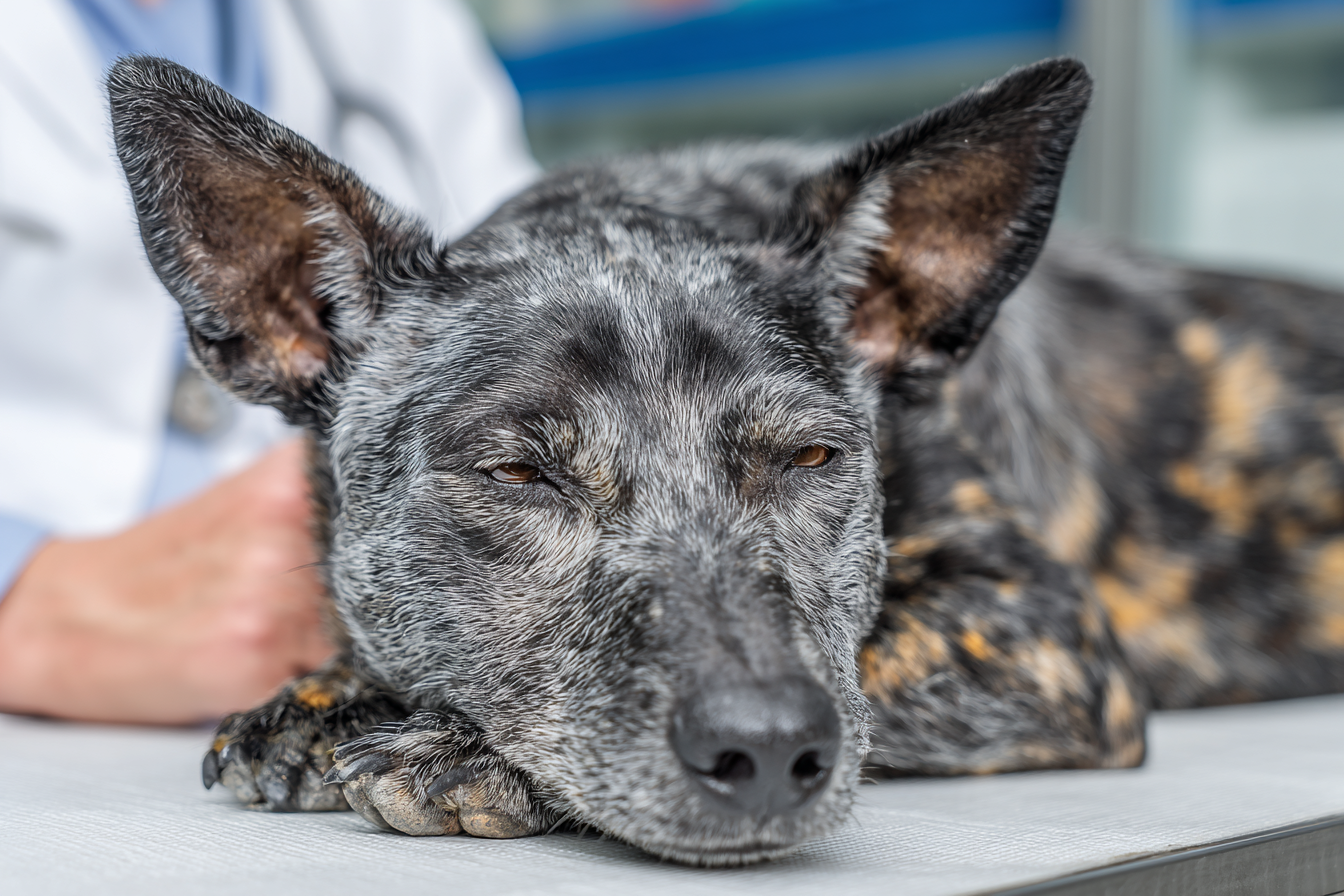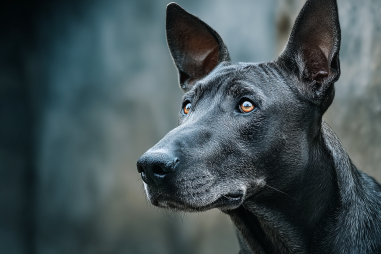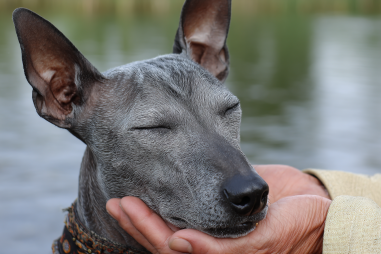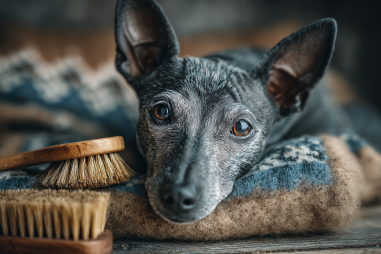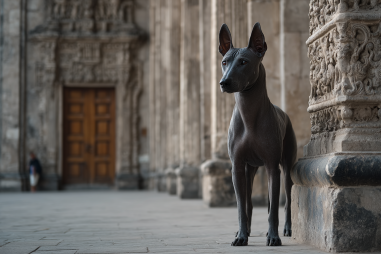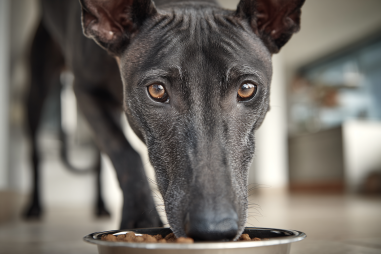The Xoloitzcuintli, often affectionately called the Xolo or Mexican Hairless Dog, is an ancient breed with a rich history and unique characteristics. Known for their distinct lack of fur, these dogs are cherished for their loyalty, intelligence, and striking appearance. However, like all breeds, they have specific health considerations that owners should be aware of to ensure their beloved companion lives a long, happy, and healthy life. In this article, we will explore the typical health status of the Xoloitzcuintli, common medical issues, signs of illness, and practical tips for care, nutrition, and exercise.
Overview of Typical Health Status in Xoloitzcuintli
The Xoloitzcuintli is generally considered a robust and hardy breed. Due to its long lineage and relatively low population, many Xolos benefit from careful breeding programs focusing on maintaining genetic diversity, which helps minimize the risk of hereditary diseases. Their natural hairlessness is a distinctive trait, but it also influences certain health traits and care needs.
Overall, the breed does not suffer from many of the health problems commonly seen in other dogs, making them relatively low maintenance if cared for correctly. However, like all dogs, they are vulnerable to some breed-specific and general canine health concerns that require attention.
Common Skin Ailments and Preventive Care
One of the most critical aspects of caring for a Xoloitzcuintli is managing their skin health. The breed’s signature hairlessness, while visually striking, means their skin is exposed to elements that furry breeds usually are protected from.
Common skin issues in Xolos include:
- Sunburn: Without a coat to shield them, Xolos need protection from prolonged sun exposure. Applying dog-safe sunscreen and providing shaded areas are essential.
- Dryness and irritation: Their skin can become dry or flaky, particularly in dry climates or during winter months. Using moisturizing baths with gentle, hypoallergenic shampoos helps maintain skin hydration.
- Acne and folliculitis: In some cases, Xolos can develop acne-like conditions due to blocked pores. Regular bathing and sometimes topical treatments prescribed by a vet can help.
- Allergic reactions: Just like any other breed, Xolos are susceptible to allergies triggered by food, environmental factors, or contact irritants.
Routine skin care should include gentle cleansing and moisturizing along with regular inspections to catch any issues early. Maintaining a clean environment and avoiding harsh chemicals will support healthy skin.
Genetic Health Concerns to Watch For
Though generally healthy, the Xoloitzcuintli is prone to a few genetic conditions primarily due to its unique lineage.
- Patellar luxation: This is a condition where the kneecap dislocates or moves out of its normal position. It can cause lameness and discomfort in affected dogs.
- Hip dysplasia: Though less common than in larger breeds, some Xolos may experience hip joint malformation leading to arthritis or pain.
- Hypothyroidism: This hormonal disorder, involving the thyroid gland, can cause symptoms like weight gain, lethargy, and skin issues.
- Eye disorders: Some Xolos may be prone to progressive retinal atrophy (PRA), which can result in vision impairment or blindness over time.
Genetic testing and responsible breeding help reduce the prevalence of these conditions. As a dog parent, awareness and regular veterinary screenings are vital for early detection and management.
Signs and Symptoms of Illness
Monitoring your Xolo’s health means being vigilant for any changes in behavior, appetite, or physical condition. Some signs that may indicate health problems include:
- Changes in appetite or sudden weight loss/gain
- Limping or difficulty moving
- Excessive scratching, licking, or redness of the skin
- Unusual eye discharge or cloudiness
- Vomiting, diarrhea, or digestive upset
- Unexplained lethargy or behavioral changes
- Persistent coughing or difficulty breathing
If you notice any of these symptoms, it is important to consult a veterinarian promptly to diagnose and treat the underlying issue before it worsens.
Recommended Vet Check-Up Schedule
Routine veterinary visits are crucial for maintaining your Xoloitzcuintli’s health. Puppies require more frequent visits for vaccinations and growth monitoring, usually every 3 to 4 weeks until 16 weeks of age. After that, adult Xolos benefit from an annual wellness check that includes:
- Physical examination
- Vaccination updates
- Parasite prevention (fleas, ticks, heartworms)
- Dental health assessment
- Blood work and screening for common conditions, depending on age and risks
Senior Xolos, generally from age 7 onwards, should have biannual visits to better monitor age-related issues and adjust care as needed.
Nutrition and Exercise for Optimal Health
Diet plays a foundational role in the health of a Xoloitzcuintli. Given their medium size and somewhat lower body fat due to lack of fur, they need a balanced diet rich in high-quality proteins, healthy fats, and essential vitamins. Specific considerations include:
- Providing specially formulated dog food that supports skin health, often containing omega fatty acids
- Avoiding overfeeding to prevent obesity, which can exacerbate joint problems
- Ensuring access to fresh water at all times
Exercise needs for the Xolo are moderate. Daily walks, interactive play, and mental stimulation keep them fit and engaged. Because they lack insulating fur, avoid overly strenuous exercise in extreme cold or hot weather, as they can be more susceptible to temperature extremes.
Tips for Longevity and Quality of Life
Keeping a Xoloitzcuintli healthy and happy throughout its lifetime involves a combination of good care, attention, and proactive measures:
- Protect their exposed skin year-round with sunscreen or protective clothing during sun exposure.
- Regularly check ears, teeth, and feet for cleanliness and signs of infection.
- Maintain an enriched environment to reduce stress and encourage mental wellbeing.
- Address medical issues early through consistent veterinary care.
- Provide clean, warm resting places, especially during cold seasons.
- Socialize and train them to promote behavioral health and reduce anxiety.
Celebrating your Xolo’s unique qualities and nurturing their health with these tips can lead to a fulfilling relationship and many joyful years together.
Understanding the health needs and common ailments of the Xoloitzcuintli empowers owners to give their dogs the best care possible. Regular vet visits, attentive skin care, balanced nutrition, and awareness of genetic conditions all contribute to a strong foundation. Embrace the privilege of caring for this remarkable breed by staying informed and proactive, and your Xolo will reward you with devotion and vitality for years to come.

